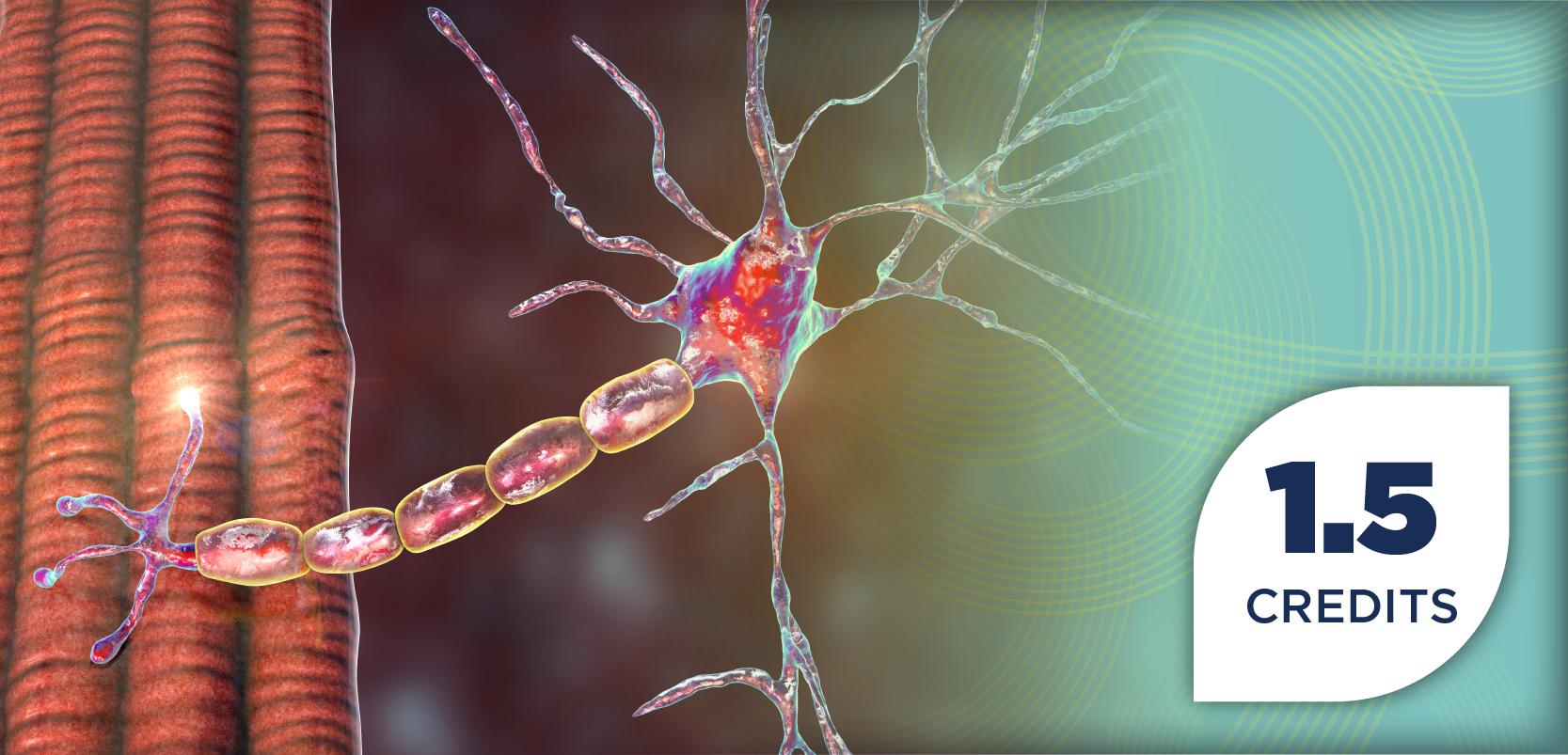
Optogenics May Improve Development of New Cardiovascular Drugs
Optogenics was able to show the effect of a new drug to heart cells.
Researchers in a recent study were able to predict whether new drugs could cause heart arrhythmias using optogenics.
In the study, researchers used light to make cardiac cells beat, optically measuring their response, which allowed researchers to automate the drug-testing process.
The new process can test 30,000 light-responsive cells in less than 10 minutes, which is quite shorter than the standard process, according to the study, published in Nature Communications.
"This new method has the potential to vastly improve the speed at which we get safe and essential drugs to seriously ill patients," said senior author Emilia Entcheva, PhD. "Importantly, we demonstrate this can be done using a patient's own blood cells by combining stem-cell techniques with our new method. One of the biggest challenges with developing new medications is testing to make sure we are treating a problem without causing any cardiac toxicity. This technology helps us to ensure that we are doing just that."
For the FDA approval, medications cannot cause any danger to the heart or any other parts of the body. Cells are treated with the medication and investigators observe the response. Researchers traditionally stick probes into the cell to manually measure their response.
However, new high-throughput technologies have been developed to speed up the process, but no system has been available for heart cells.
"The benefit of optical stimulation and optical recording is that it provides a way to dynamically control millions of cells simultaneously without needing to come into contact with the sample," concluded first author on the paper Aleks Klimas, PhD student. "This not only allows you to perform faster testing but also provides a safer way to do measurements if you're testing hazardous materials."
Newsletter
Stay informed on drug updates, treatment guidelines, and pharmacy practice trends—subscribe to Pharmacy Times for weekly clinical insights.

















































































































































































































